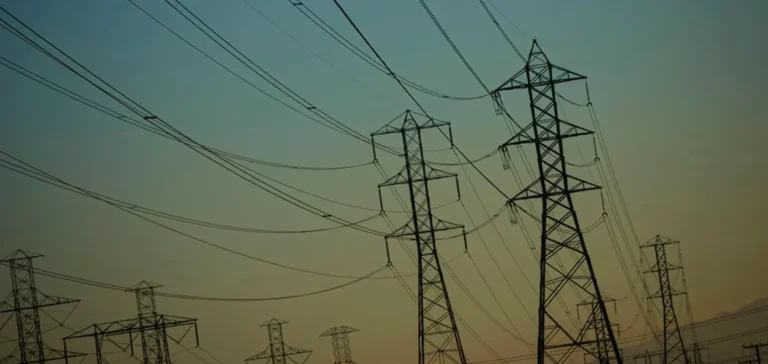Electricity demand on the United States grid broke its historical records twice at the end of July, according to figures released by the U.S. energy administration. On July 28, demand reached 758,053 megawatts (MW) between 6:00 p.m. and 7:00 p.m., before setting a new high at 759,180 MW on July 29, an increase of 1.9% over the previous record set on July 15, 2024.
Increase driven by heat and industrial sector
This growth is explained by exceptionally high temperatures across much of the country, which led to heavy use of air conditioning systems. At the same time, the underlying upward trend has intensified, spurred by the development of data centres and factories, especially in Texas and Virginia, regions particularly dynamic in terms of energy investments.
According to sector forecasts, electricity demand in the United States is expected to grow by more than 2% per year in 2025 and 2026. Until 2020, consumption had remained relatively stable. The emergence of new industrial and digital hubs is now disrupting the usual pace of growth in electricity demand.
Regional disparities and peak management
The coincident peak refers to the maximum demand recorded simultaneously across all 48 continental states. However, consumption peaks differ by region and time, depending on local climate and infrastructure specifics. This variability requires increased vigilance by operators to ensure the stability of the electrical system.
The most marked growth is observed in areas hosting data centres and major industrial facilities. These new requirements are leading to technical and organisational adjustments to respond to a rapid evolution in consumption patterns.
An industry official indicated that “managing new demand peaks is becoming a central parameter in planning the U.S. power system”.






















